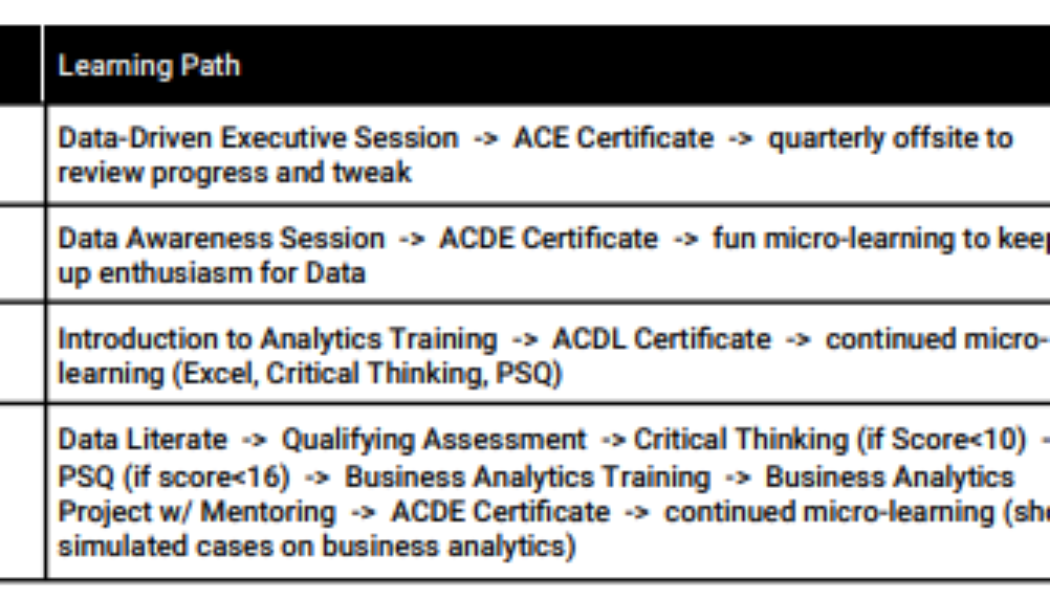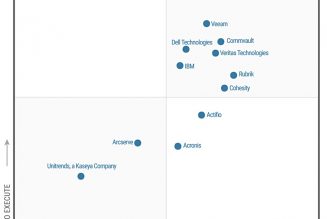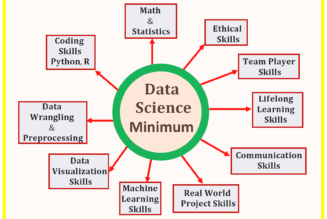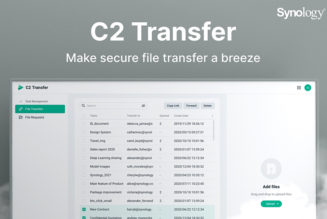Data has become the common language of technological progress as our society becomes increasingly dependent on technological innovations. As a result of this shift, many businesses have begun to place a greater emphasis on data collection and analysis. However, many people still don’t appreciate data literacy’s significance. To get there, it’s essential for businesses to provide their employees with data literacy training.
For instance, businesses can sit on data with a potential value of millions of dollars, but they will be unable to turn that data into actionable insights and revenue without first developing data literacy.
In order to better understand their consumers’ wants and needs, businesses with a high data literacy percentage can use this information. With this knowledge, they can improve their offerings and give their customers an exceptional experience. Ultimately, this leads to more money coming in and quicker expansion for the company.
However, how do we go about fostering an appreciation for and understanding of data?
Facilitating Knowledge Of Data
Data literacy initiatives require planning just like any other endeavor.
Establishing a data-driven leadership is crucial. The company’s top brass must first recognize the value of understanding the subtleties of data analytics. From there, they’ll be in a position to steer the organization toward a more data-driven culture.
A data-driven management team should implement a five-step strategy to increase employee data literacy.
Your first step should be to determine how well-versed in data your organization currently is. As part of this process, known as “Data Culture Assessment,” you’ll want to make sure you’re asking things like
- Where does your company stand in terms of data accessibility?
- Do decisions are made based on facts and figures?
Formulating Instructional Strategies
Once you’ve established where your firm is at in terms of data literacy and where you want to be, you can begin using data analytics.
You should begin by outlining the curriculum for attaining each target level of data literacy. The learning path incorporates the necessary training for the cohorts and the time needed to increase their data literacy. Executives that are “data-driven,” “data enthusiasts,” “date literate,” “citizen analysts,” “digital citizen analysts,” “data scientists,” and “data skeptics” are all examples of the demographics that can be identified.











Tagged: Enterprise IT, Sponsored